How Much Do Pearls Cost? Are Pearls a Good Investment?

Pearls have been symbols of beauty and elegance for centuries - but are they a good investment?

The article shares some basic but useful information if you want to add pearls into your lifestyle as something more than beautiful jewelry.
Let's first talk about the pearl basics.
Where Did the Pearls Originate From?

Whether you want pearls to wear or invest in, knowing where the pearls come from is always interesting.
Pearls are one of the most ancient gemstones in history. They were part of the jewelry of ancient Sumerians and Babylonians living in the Middle East since 3000 BC. Refined into a range of jewels by early Chinese civilization, pearls later became a symbol of wealth and beauty worldwide.
How Are Pearls Produced?
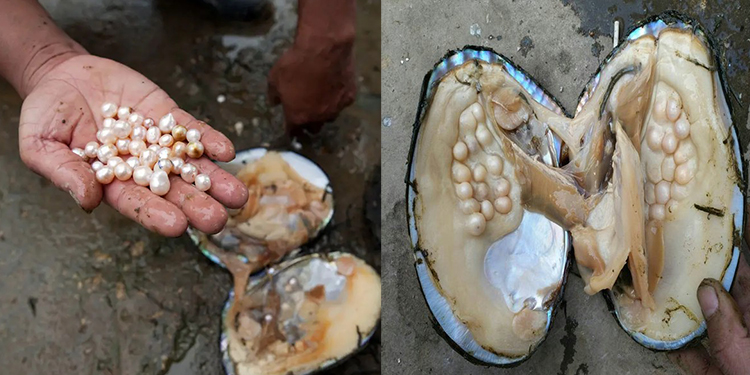
The origin of natural pearls is believed to be a parasite or tiny grain of sand that finds their way into an oyster's shell. To protect itself from further external intervention, the oyster encases this intruder with several layers of lustrous nacre that eventually is transformed into a beautiful pearl.
Today, natural pearls are abundantly found only in Japan, China, Australia, and Vietnam, along with some parts of India, Sri Lanka, and the South Sea Islands.
The Value of Natural Pearls
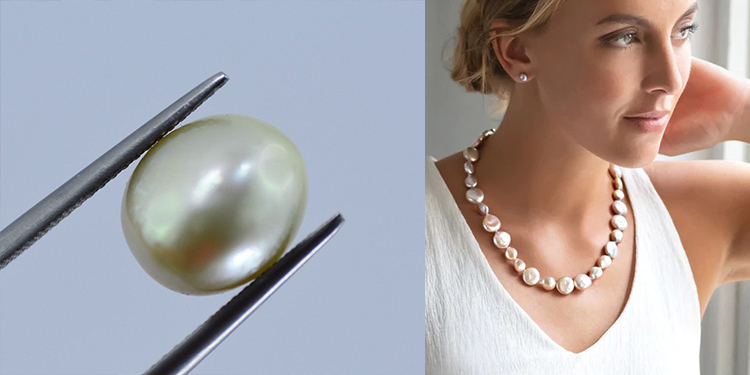
Though many countries are harvesting both saltwater and freshwater pearls, it is not possible to recreate something close to the natural pearls. Natural pearls are unique since each one is different. Natural pearls cannot be identical, unlike cultured pearls.
That's also the reason why natural pearls are highly demanded by jewelry makers since jewelry made of natural pearls is rare, luxurious, and expensive.
If you want something extremely unique and special that doesn't depreciate with time, it can be said that pure peals make the best investment.
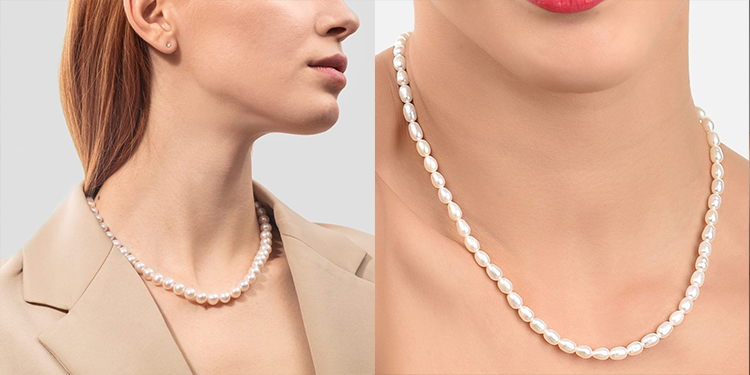
Not everyone can afford pure natural pearls. The good news is that cultured pearls also make a great investment due to their close resemblance to natural pearls, and many types are even rarely found, which makes them unique.
Are Cultured Pearls Pure Pearls?
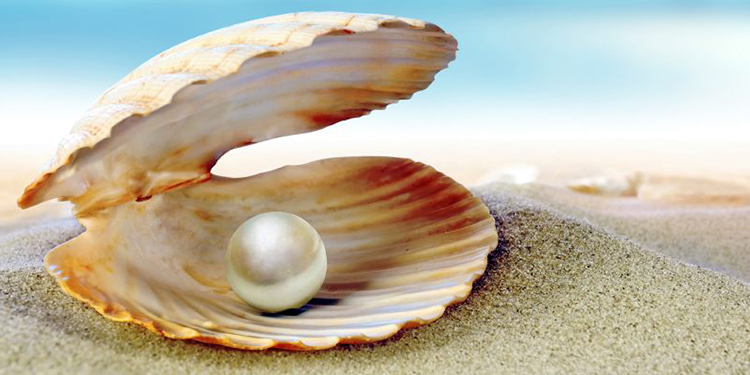
Pure natural pearls (seawater pearls or freshwater pearls) are no longer sold in the market. Most of the freshwater and saltwater pearls available today are all cultured pearls.
What Are Cultured Pearls?

Cultured pearls emerged in the market with the industrial revolution. Modern pearl production started in Japan around 100 years ago when Kokichi Mikimoto discovered how to create semi-spherical saltwater cultured pearls using Akoya oysters (the spherical 'white' or 'silver' cultured pearl associated with the names like Mikimoto).
Since then, various techniques for producing freshwater cultured pearls in varied sizes have produced exquisite shapes like baroque and circle cultured pearls.
Cultured pearls, whether saltwater or freshwater pearls, are farmed with a human intervention that plays their role during pearl formation within an oyster or mollusk shell.
How to Determine the Value of the Cultured Pearl?
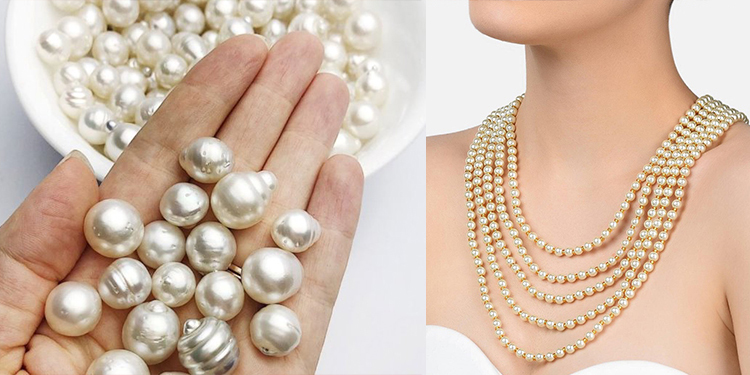
Here we refer to cultured pearls for which buyers usually consider the following factors in determining the pearl's value and making the best purchase.
● Size: As with most gemstones, size is one of the most important factors in determining the value of a pearl. Generally, larger pearls are more valuable than smaller ones.
● Shape: Pearls come in many shapes, including round, semi-round, and baroque (irregular) shapes. Round pearls are the most desirable option. They also come with the highest prices as they are rare.
● Variety: Cultured pearls usually come in four varieties: Akoya, South Sea, Tahitian, and Freshwater. Akoya pearls grow in saltwater off Japan and China's East coast and range from 2 to 10mm in size; these have been popular for generations but may not have as much resale value as other varieties due to their popularity. South Sea pearls originate from oysters found in Australia's Fly River Delta, Tahiti, or Indonesia; these large golden or white gems tend to be more expensive than Akoya pearls due to their rarity. Tahitian black pearls come from Pinctada margaritifera oysters found only in French Polynesia lagoons and are sold at incredibly high prices due to their dark coloration and unique shape. Bred likewise but moreso with mussels instead of oysters, freshwater pearls are small yet colorful variations used in earrings; pale versions blended with bits of rose pink or deep garnet are perfect for necklaces and chunky rings.
● Luster: The amount of light a pearl reflects is known as its luster – this quality sets it apart from other gems, such as diamonds which refract light instead of reflecting it as a pearl does.
● A higher luster equals greater brilliance which makes the pearl appear more luminescent – this highly desirable characteristic will boost the price significantly since highly lustrous pearls create an almost "glowing" effect when seen up close or displayed under bright artificial lights.
● Surface Quality/Nacre Thickness: Nacre gives a pearl its shine; it's composed mostly of calcium carbonate, which makes up its layers that form around an irritant core inside an oyster shell (or sometimes mussel).
How Much Does a Pearl Necklace Cost?

The price of a classic pearl necklace depends on the type of pearl and its quality. For example, Akoya pearls are typically more expensive than freshwater pearls, and South Sea pearls are the most expensive of all.
On average, a strand of round Akoya Cultured Pearls can cost anywhere from $50 to $2,000 based on quality, size, and luster. South Sea Pearl strands range from $1,500 to over $20,000 for the highest quality gems. Freshwater Cultured Pearls come in a variety of shapes and sizes and range from about $30 for an entry-level strand up to about $4,000 for the finest specimens available.
Pearls as Investment Commodity
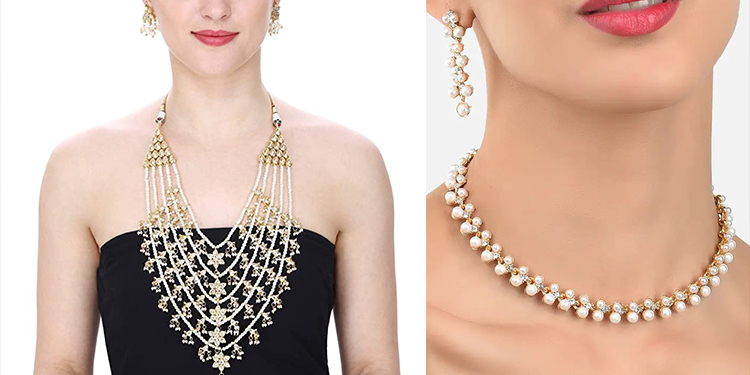
Pearls have long been a valuable commodity, and their value has not decreased.
The price of pearls can fluctuate widely depending on factors like the quality of the pearl, its origin, rarity, and size. Of course, some types of pearls are much more expensive than others; for example, natural South Sea Pearls (which form in oysters found off the coasts of Australia and Indonesia) tend to be far costlier than freshwater cultured pearls obtained from China or Japan. However, this does not necessarily mean that they will increase in value more than other varieties – all should be assessed carefully against market trends before purchase.
If you are buying pearls as an investment, it is also important to understand the potential risks associated. You should also think about how long you plan on keeping them. Like all investments, there is no guarantee that prices won't go down or your pearls will eventually increase in value. Furthermore, you may also have to incur storage or security costs.
Lastly, it is important to consider whether investing money into something like a pearl necklace or brooch would give a higher financial return. Therefore whilst investing in traditional assets such as stocks might seem more 'sensible' initially, it is only you who can decide whether buying/investing in fine jewelry using gems like pearls makes sense for your own personal financial goals in the future.
Top Tips for Buying Pearls
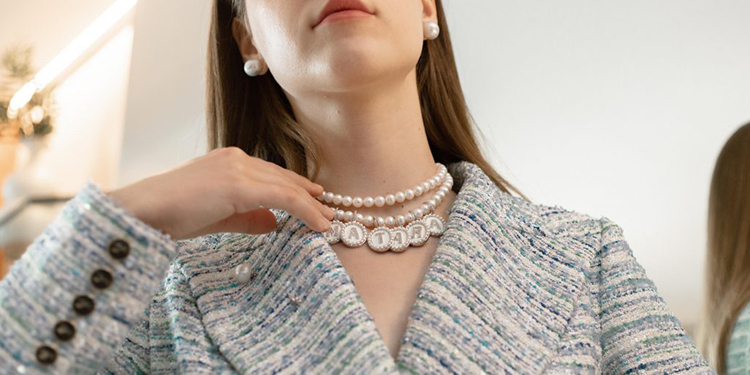
1. Understand the two main kinds of cultured pearls: saltwater and freshwater pearls – Pure pearls are natural pearls formed without any human intervention, while cultured pearls (freshwater pearls and saltwater pearls) are created in labs; thus, they vary in terms of valuation. Freshwater pearls are typically more affordable but can be more fragile and difficult to clean. Saltwater pearls are more durable and are less likely to fade over time.
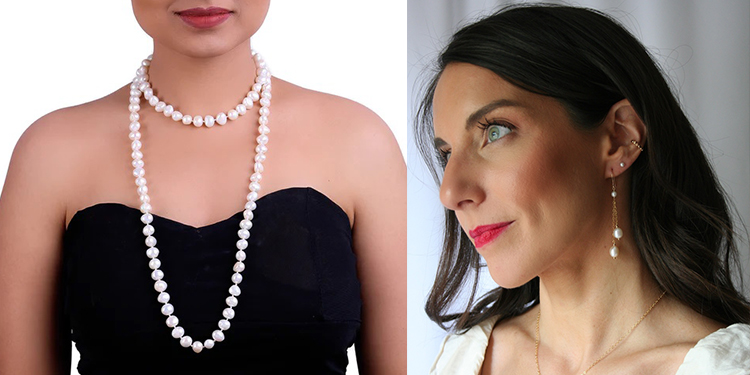
2. Size of the pearls - The size of a pearl is measured using a shell scale. This will ensure that you are buying the correct size for the type of pearl you are looking for.
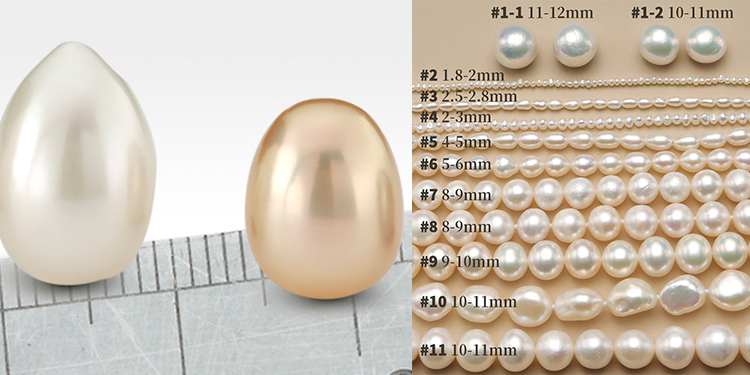
3. Quality of pearls - The quality of a pearl is determined by its luster and overall shape. You can also take note of the size of the hole in the center of the pearl, as this will tell you the weight of the pearl in ounces. Purchasing pearls with a good quality rating will ensure that the product is of high quality and that you are purchasing a safe and durable item.
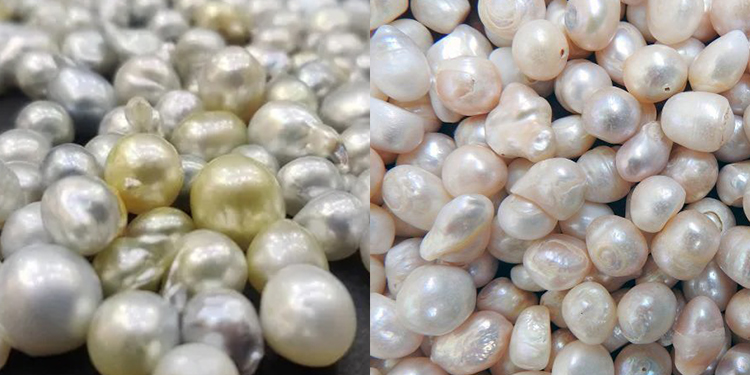
Conclusion

Pearls make a timeless jewelry asset and an excellent investment. Depending on size and quality, their value can range from a few dollars to thousands. Make sure to research the pearl type and consider how you plan to wear it or carry it for investment. Moreover, with proper care and maintenance, pearls can last many generations, which makes them an ideal heirloom item, and that's also something making them worth investing it, even at a high price.


Leave a Comment